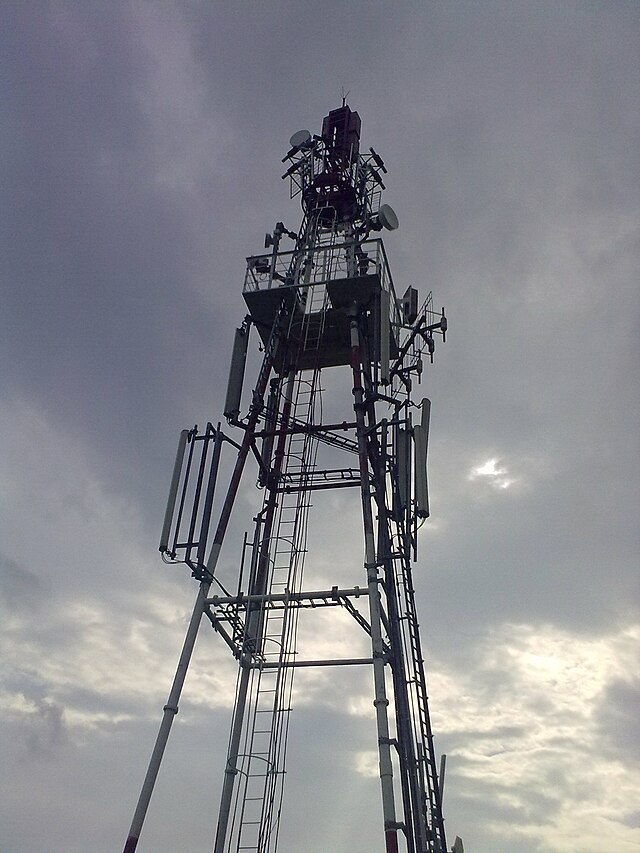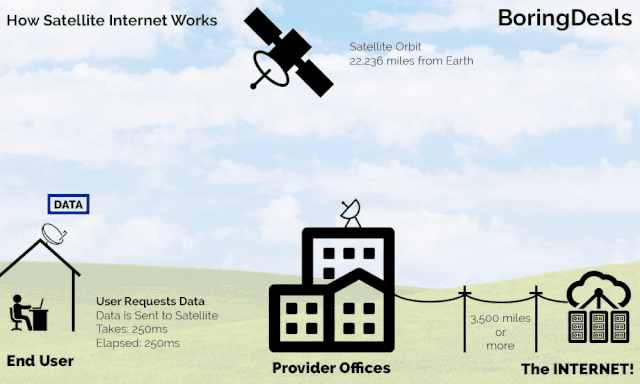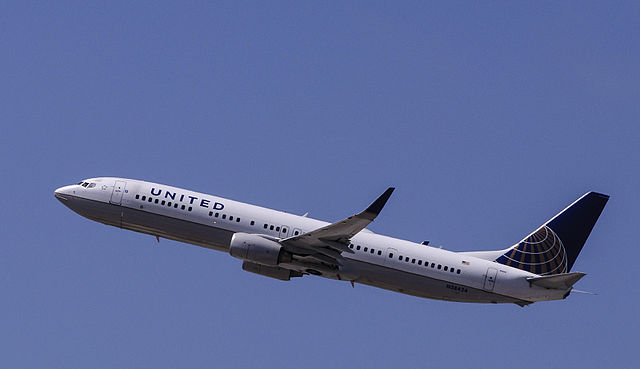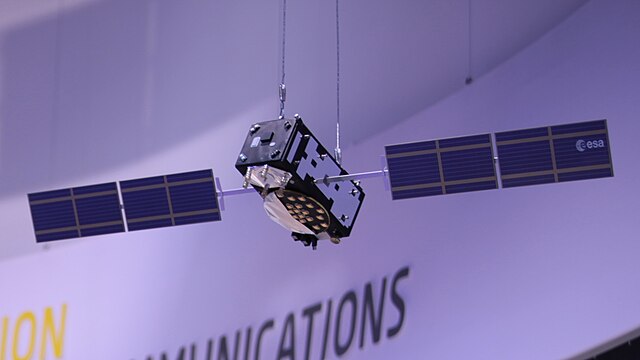Imagine being able to use your electronic devices like mobile phones, tablets, eReaders, and music players throughout your flight, except during takeoff and landing. This became a reality in the early 2000s, thanks to the technological advancements that led to the birth of in-flight Wi-Fi. Boeing’s Connexion system, powered by the Ka-Band satellite model, was a significant leap. In 2004, Lufthansa became the first passenger airline to offer this service through the Connexion project. Today, in-flight Wi-Fi is a game-changer, enhancing the flying experience for passengers.
In-flight Wi-Fi speeds can vary based on the airline and the technology used. Some airlines offer free basic Wi-Fi, while others charge for faster speeds or unlimited access. Due to the aircraft’s high altitude and fast movement, in-flight Wi-Fi may be slower than home or office connections. However, with ongoing advancements in satellite and ground-based technology, the future of in-flight Wi-Fi looks promising, offering faster and more reliable connections. Let’s explore the current science behind in-flight Wi-Fi and what the future might hold.

The Evolution of In-Flight Connectivity
- Early Days:
- Boeing’s “Connexion” service in 2001 was one of the first attempts at in-flight internet.
- However, it faced challenges due to its weight and limited market uptake.
- Improvements:
- Technological advancements and cost reductions have led to better systems.
- Ground-based ATG systems improved speeds, while satellite systems became more reliable.
- Gogo, a leading provider, introduced satellite-based internet in 2008, serving major airlines.
From early experiments to today’s personalized entertainment, in-flight connectivity has greatly enhanced our flying experience. Modern IFE has significantly evolved, embracing Wi-Fi connectivity and streaming services. Passengers can access various entertainment options, tailoring their experience to their preferences.
The technology behind In-Flight Wi-Fi
Let’s explore the fascinating world of in-flight Wi-Fi and how it keeps us connected at 35,000 feet.
Basics of In-Flight Wi-Fi
Over the past two decades, airlines have made significant strides in providing in-flight Wi-Fi. This service allows passengers to access the internet while flying. Here’s a detailed look at how it works:
Aircraft Antennas:
WiFi-enabled aircraft have specialized antennas installed to receive signals. These antennas are designed to send and receive data signals, enabling communication with external networks.
Currently, there are two primary methods for providing in-flight internet connectivity:
Air-to-Ground (ATG) Systems:
- ATG systems use ground-based cellular towers.
- Antennas on the aircraft’s fuselage connect to these towers as the plane flies over land.
- The system switches to the nearest transmitter, similar to how cell phones work.
- Typical speeds offered by ATG systems are around 3 Mbps, but some newer systems can reach up to 10 Mbps.


ATG systems use cell towers on the ground to communicate with the airplane. These towers are uniformly spaced, ensuring that as the airplane moves forward, it connects to the nearest tower. The communication is one-way, so the airplane’s antenna is attached to its belly.
Unlike home routers, airplanes can’t always be wired. ATG enables a wireless connection between the airplane and a ground-based cell tower. The cell towers talk to the airplane via radio waves, providing internet access. It is faster than satellite-based systems because the towers are closer to the plane.
Satellite-Based Systems:
- Satellite-based systems come into play for long-haul transoceanic flights (where ground-based systems aren’t feasible).
- An antenna placed on top of the fuselage connects to an orbiting satellite.
- The satellite relays the signal from the ground to the aircraft.
- Technology has improved significantly since the early 2000s, making satellite-based systems more reliable and efficient.
A network of geostationary satellites revolves around Earth in fixed positions. These satellites communicate with the airplane using microwave frequencies, specifically the Ku-band. Each satellite has a highly reflective mirror that bounces signals from ground-based cell towers toward the airplane. An antenna receives and sends signals to these orbiting satellites on the airplane’s top. The antenna is installed inside a dome-shaped saucer, ensuring efficient signal reception.
Advantages and Limitations:
- Global Coverage: Satellite Wi-Fi works over land and water, making it ideal for long-haul flights, providing a consistent and reliable connection for passengers, no matter where they are flying.
- Weather Impact: However, weather conditions can affect satellite-based connectivity.
- Speed and cost: Satellite Wi-Fi is slower than ATG and tends to be more expensive due to network deployment and maintenance costs.


Onboard Hardware:
An onboard server processes the incoming signals. The server converts and transmits these signals throughout the plane via a modem, providing both narrowband and broadband Wi-Fi for passengers.
Once connected, passengers can use their Wi-Fi-enabled devices (laptops, smartphones, tablets) to browse the web, check emails, and stay connected during the flight.
Some notable airlines known for the best in-flight Wi-Fi
Let’s explore the airlines that offer the best in-flight Wi-Fi. The quality and availability of Wi-Fi can vary from flight to flight, but here are some notable options:
- British Airways: British Airways now provides free messaging (via apps like WhatsApp, iMessage, and Facebook Messenger) on all Wi-Fi-enabled aircraft. For more extensive internet, they offer a ‘Browse’ package (for browsing, social media, and emails) and a ‘Stream’ package (including streaming services).
- JetBlue: JetBlue made headlines by becoming the first airline to offer free wireless internet access on all flights.
- Delta Airlines: Delta uses GoGo’s 2Ku satellite-based system, providing internet speeds of around 100 Mbps per plane.
- Emirates: Emirates offers reliable Wi-Fi on most of its flights, allowing passengers to stay connected during their journey.
- Qatar Airways: Qatar Airways provides in-flight Wi-Fi with decent speeds, making it a good choice for connectivity.
- United Airlines: United offers Wi-Fi on most of its flights, although the quality may vary.


While inflight Wi-Fi has improved, it’s not as fast as regular home broadband due to satellite limitations. Prices vary; some airlines offer free messaging while charging for full internet access.
How secure is in-flight Wi-Fi?
In-flight Wi-Fi can be convenient for staying connected during your journey, but it’s essential to understand its security implications. In-flight Wi-Fi networks are far from secure. Cybercriminals often target these networks, especially when travelers let their guard down in “vacation mode.” Hackers can intercept your connection on public Wi-Fi and steal sensitive information you transmit, including bank account numbers, emails, and social media passwords. One might unknowingly pick up malware or viruses that could infect your device and cause problems even after you’ve landed.
Best Practices for Using In-Flight Wi-Fi Safely:
- Limit Sensitive Transactions: If you must use in-flight Wi-Fi, avoid sensitive transactions like checking your bank balance or logging into email accounts.
- Use a VPN: Consider using a virtual private network (VPN). A VPN encrypts data between your device and the server, enhancing security. It’s especially useful for protecting your data during inflight internet use.
- Designate Wi-Fi as Public: When logging on, designate the Wi-Fi as “public.” This action turns off certain functions that could make you more vulnerable to attacks.
- Avoid Software Updates: Refrain from updating software while in flight. Save updates for a more secure connection.
Potential future advancements for in-flight Wi-Fi.
Satellite Technology Advancements:
GEO vs. LEO Satellites: Currently, airlines rely on geostationary (GEO) satellites positioned over 22,000 miles above Earth. However, low-Earth-orbit (LEO) satellites are gaining prominence. LEO satellites orbit closer to Earth, offering faster speeds, better coverage, and reduced latency. LEO satellites will enhance coverage, even over remote areas and oceans. LEO satellites offer lower latency, minimizing delays during online activities.


Ka-band technology has replaced Ku-band as the leading choice for inflight Wi-Fi. It provides higher data rates and improved performance.
Airlines are exploring hybrid solutions that combine different technologies. For instance, EAN (European Aviation Network) is a hybrid that combines S-band satellites with 5G terrestrial networks. Airlines continue to upgrade existing fleets with satcom and Wi-Fi connectivity. Newly built aircraft are equipped with an in-flight entertainment system to reduce costs while enhancing passenger experience.
A look at the challenges faced by in-flight Wi-Fi providers.
In-flight Wi-Fi providers encounter several challenges as they strive to enhance the passenger experience. Here are some key hurdles they face:
- Connectivity Issues: At high altitudes and speeds, airplane Wi-Fi can suffer from connectivity problems due to signal interference and atmospheric conditions.
- Bandwidth Limitations: Compared to ground networks, airborne Wi-Fi bandwidth is limited. This constraint affects passengers’ connection speed and quality.
- Regulatory Restrictions: Each country has regulations governing frequency allocation and power limits for airplane Wi-Fi. Compliance with these rules can be complex and varies globally.
- Security Concerns: Ensuring the security of in-flight Wi-Fi networks is critical. Providers must safeguard against cyber threats while maintaining a seamless user experience.
- Meeting Passenger Expectations: Passengers expect reliable and fast Wi-Fi, similar to what they experience on the ground. Balancing these expectations with technical limitations remains a challenge.
Despite these obstacles, technological advancements continue to improve in-flight Wi-Fi, making it more accessible and reliable for travelers.
